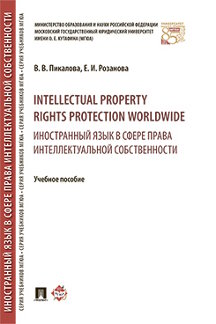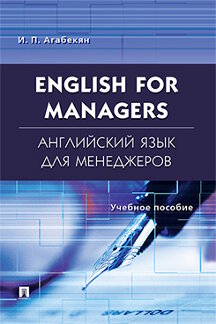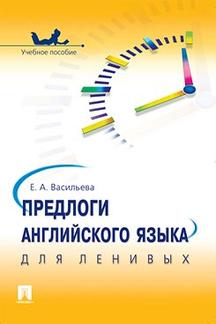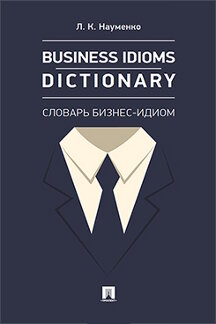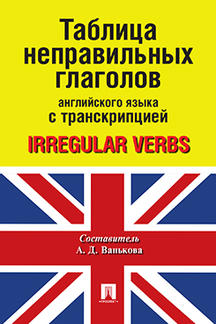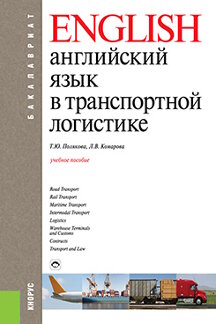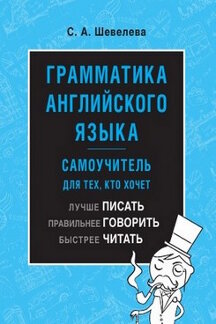|
|
ОглавлениеUnit 2 IP: International Legal Environment Unit 3 Copyright Law: Rationale of copyright. Obtaining and enforcing copyright Unit 4 Copyright Law: Moral and Economic rights Unit 5 Copyright Protection of Computer Software Unit 6 Copyright Law: “Whose format is it anyway?” Unit 7 Trademarks: definition, functions, registration and use Unit 8 IP and Business: Trademark Coexistence Unit 11 Patent Law: Patent application Unit 13 Role of Intellectual Property in Enhancing the Competitiveness of the Tourism Industry Для бесплатного чтения доступна только часть главы! Для чтения полной версии необходимо приобрести книгуUnit 10 PATENT LAWVOCABULARYpatent — патент disclose technical information — раскрывать информацию о технических характеристиках изобретения patent owner — обладатель патента patented invention — запатентованное изобретение patent protection — охрана патентных прав chemical compound — химическое вещество grant a patent — выдавать патент enforce patent rights — обеспечивать соблюдение патентных прав patent infringement — нарушение патента transfer a patent — передавать право на патент incentive — стимул inventive step — изобретательский уровень patentee — владелец патента patent licensing agreement — патентное лицензионное соглашение patentable subject matter — патентуемые материалы, объекты READING 1Exercise 1. Read through the text and answer the questions. 1. What is a patent? 2. What rights does a patent provide? 3. What kinds of inventions can be protected? 4. How long does patent protection last? 5. Is a patent valid in any country? 6. How are patent rights enforced? 7. What does it mean to “license a patent” and why is it done? 8. Why are patents useful for society, business, individuals? A patent is an exclusive right granted for an invention, which is a product or a process that provides, in general, a new way of doing something, or offers a new technical solution to a problem. To get a patent, technical information about the invention must be disclosed to the public in a patent application. A patent owner has the right to decide who may — or may not — use the patented invention for the period in which the invention is protected. In other words, patent protection means that the invention cannot be commercially made, used, distributed, imported, or sold by others without the patent owner’s consent. Patents may be granted for inventions in any field of technology, from an everyday kitchen utensil to a nanotechnology chip. An invention can be a product — such as a chemical compound, or a process, for example — or a process for producing a specific chemical compound. Many products in fact contain a number of inventions. For example, a laptop computer can involve hundreds of inventions, working together. Patent protection is granted for a limited period, generally 20 years from the filing date of the application. Patents are territorial rights. In general, the exclusive rights are only applicable in the country or region in which a patent has been filed and granted, in accordance with the law of that country or region. Patent rights are usually enforced in a court on the initiative of the right owner. In most systems a court of law has the authority to stop patent infringement. However the main responsibility for monitoring, identifying, and taking action against infringers of a patent lies with the patent owner. Licensing a patent simply means that the patent owner grants permission to another individual/organization to make, use, sell etc. his/her patented invention. This takes place according to agreed terms and conditions (for example, defining the amount and type of payment to be made by the licensee to the licensor), for a defined purpose, in a defined territory, and for an agreed period of time. A patent owner may grant a license to a third party for many reasons. The patent owner may not have the necessary manufacturing facilities, for example, and therefore opts to allow others to make and sell his/her patented invention in return for “royalty” payments. Alternatively, a patent owner may have manufacturing facilities, but they may not be large enough to cover market demand. In this case, he/she may be interested in licensing the patent to another manufacturer in order to benefit from another income stream. Another possible situation is one in which the patent owner wishes to concentrate on one geographic market; therefore the patent owner may choose to grant a license to another individual/organization, with interests in other geographical markets. Entering into a licensing agreement can help to build a mutually-beneficial business relationship. Unlike selling or transferring a patent to another party, the licensor continue to have property rights over the patented invention. Patented inventions have, in fact, pervaded every aspect of human life, from electric lighting (patents held by Edison and Swan) and plastic (patents held by Baekeland), to ballpoint pens (patents held by Biro), and microprocessors (patents held by Intel, for example). Patents provide incentives to and protection for individuals by offering them recognition for their creativity and the possibility of material reward for their inventions. At the same time, the obligatory publication of patents and patent applications facilitates the mutually-beneficial spread of new knowledge and accelerates innovation activities by, for example, avoiding the necessity to “re-invent the wheel”. Once knowledge is publicly available, by its nature, it can be used simultaneously by an unlimited number of persons. While this is, without doubt, perfectly acceptable for public information, it causes a dilemma for the commercialization of technical knowledge. In the absence of protection of such knowledge, “free-riders” could easily use technical knowledge embedded in inventions without any recognition of the creativity of the inventor or contribution to the investments made by the inventor. As a consequence, inventors would naturally be discouraged to bring new inventions to the market, and tend to keep their commercially valuable inventions secret. A patent system intends to correct such under-provision of innovative activities by providing innovators with limited exclusive rights, thereby giving the innovators the possibility to receive appropriate returns on their innovative activities. In a wider sense, the public disclosure of the technical knowledge in the patent, and the exclusive right granted by the patent, provide incentives for competitors to search for alternative solutions and to “invent around” the first invention. These incentives and the dissemination of knowledge about new inventions encourage further innovation, which assures that the quality of human life and the well-being of society is continuously enhanced. (http://www.wipo.int/patents/en/faq_patents.html) VOCABULARY IN USEExercise 2. Read through the text and fill in the gaps with appropriate phrases. Interpret it into Russian.
While it is certainly true that not all enterprises develop .., it is a wrong to believe that patents only apply to complex physical or chemical processes and products or that they are only useful to large corporations. Patents can be obtained for … from paper clips to computers. Moreover, when people think of patents, what usually comes to mind are major … such as Edison’s first electric lamp, or large corporations investing in research and development. But, in fact, most patents aren’t granted for groundbreaking scientific breakthroughs, but rather for inventions that … to existing inventions. For example the second or third generation of a product or a process, that works in a ... Certain countries also have specific legal provisions for protecting ... These are called … and they tend to have a shorter duration than patents and are generally easier to obtain. (http://www.wipo.int/patents/en/faq_patents.html) Exercise 3. Discuss the following phrases in pairs and explain them in your own words. groundbreaking scientific breakthroughs; the second or third generation of a product or a process; utility model; patentable invention; territorial rights; royalty payments; licensing agreement; free-riders; mutually-beneficial business relationship. Exercise 4. Choose the correct word to complete each sentence in this text. Think of the possible title of the text. Exclusive rights. Patents provide/give/supply you with an exclusive right to prevent or stop others from commercially exploiting an invention for twenty years from the date of filing of the patent demand/tender/application. Return on investments. Having invested a considerable quantity/amount/number of money and time in developing innovative products, through exclusive patent rights, you may be able to establish yourself in the market as the pre-eminent player and to obtain higher returns on investments. Opportunity to license or sell the invention. If you choose not to exploit the patent yourself, you may sell it or license the commercialization of the patented invention to another company/sole proprietor/enterprise, which could then be a source of income for your company. С книгой "Intellectual property rights protection worldwide = Иностранный язык в сфере права интеллектуальной собственности. Учебное пособие" автора Пикалова В.В., Розанова Е.И. также читают:Внимание! Авторские права на книгу "Intellectual property rights protection worldwide = Иностранный язык в сфере права интеллектуальной собственности. Учебное пособие" (Пикалова В.В., Розанова Е.И.) охраняются законодательством! |
|||||||||||||||||||||||


